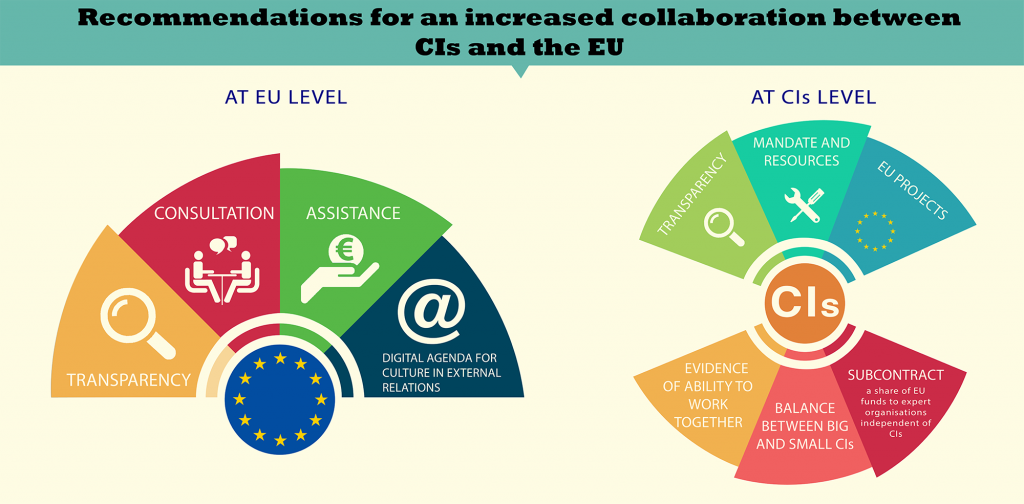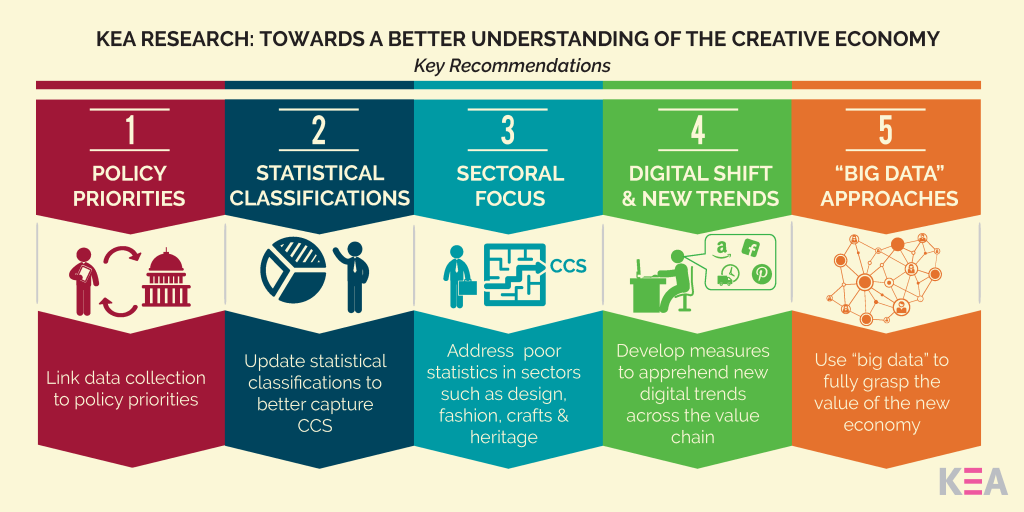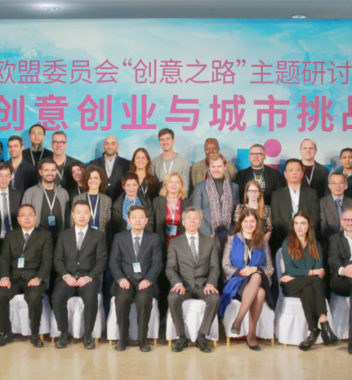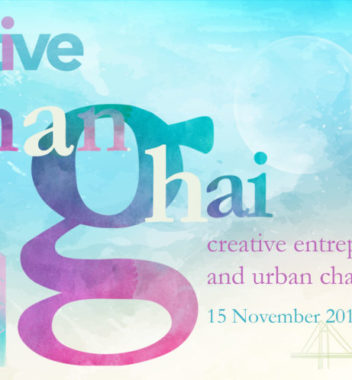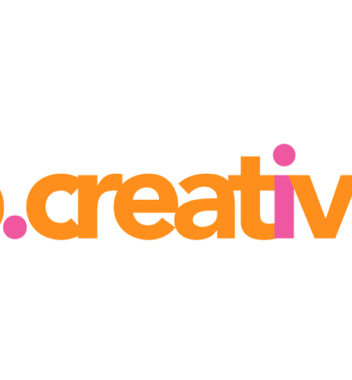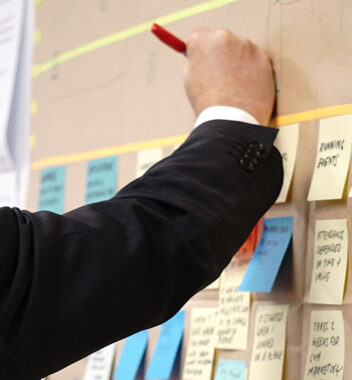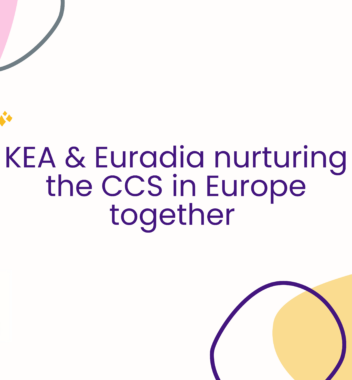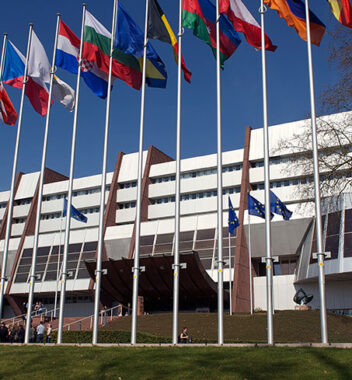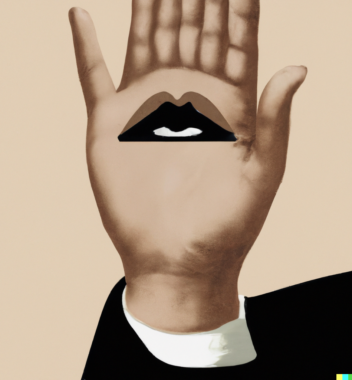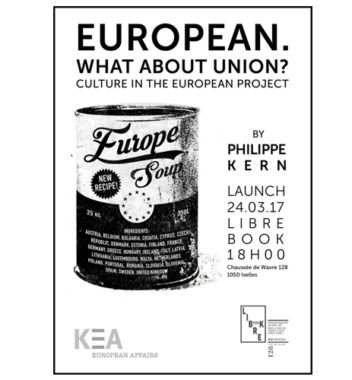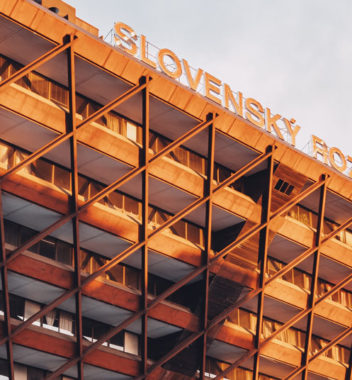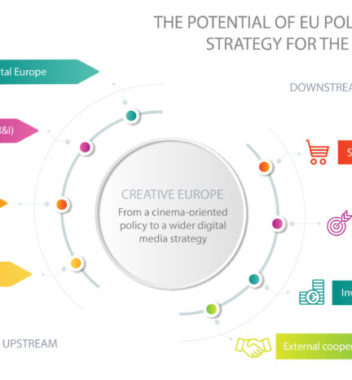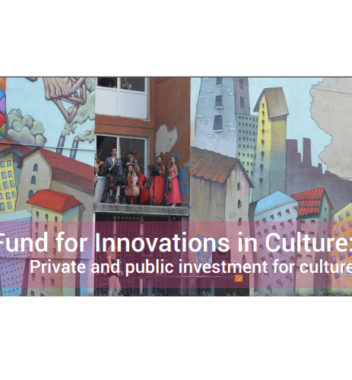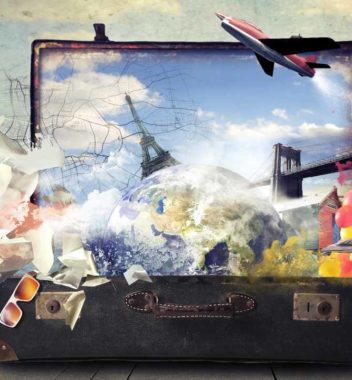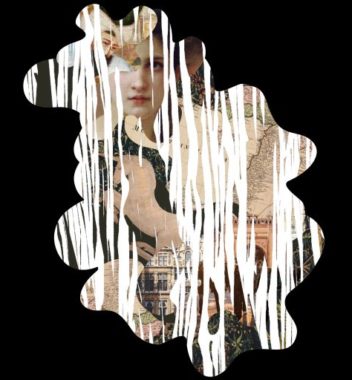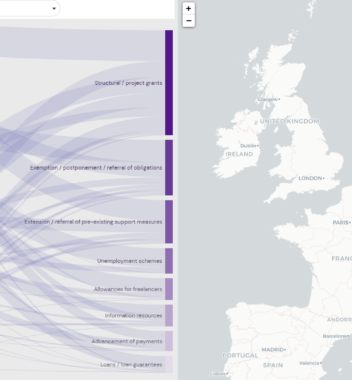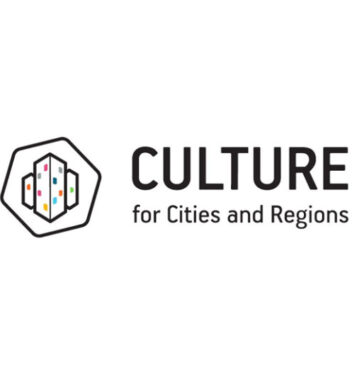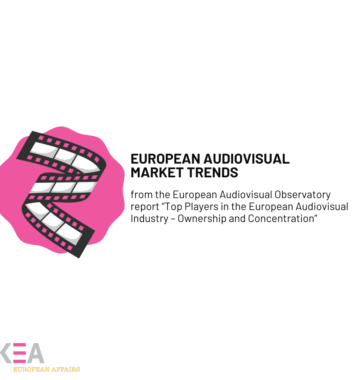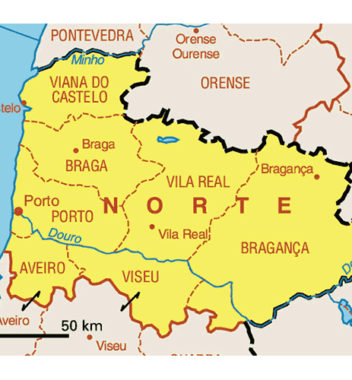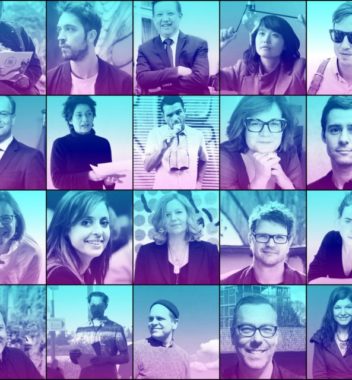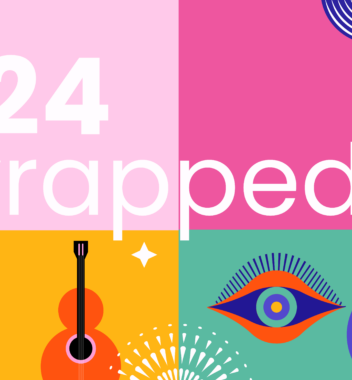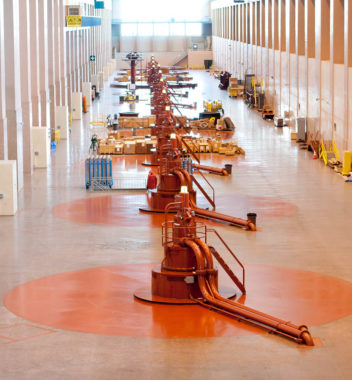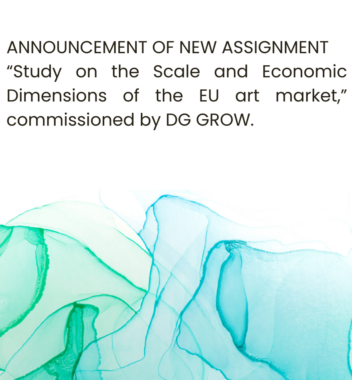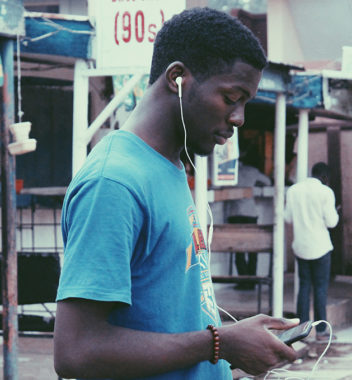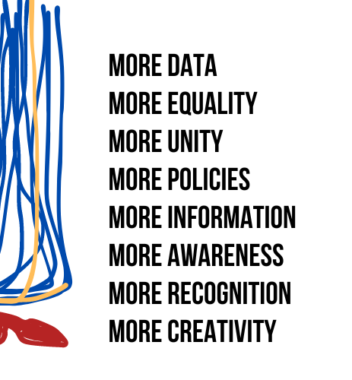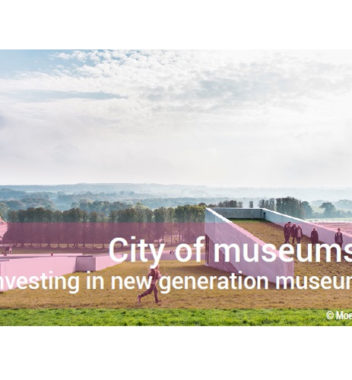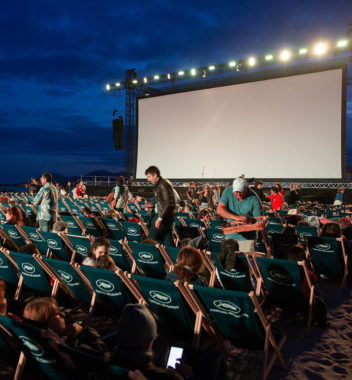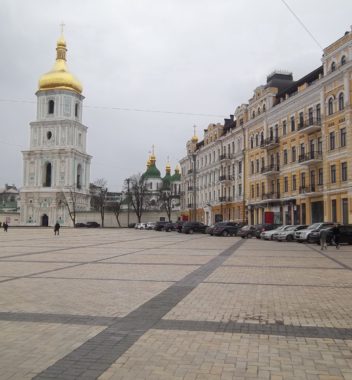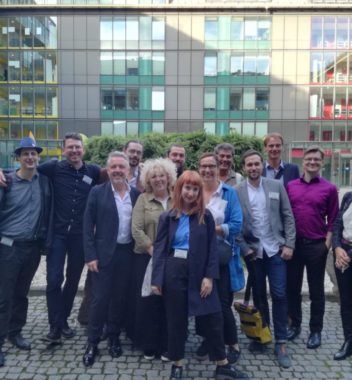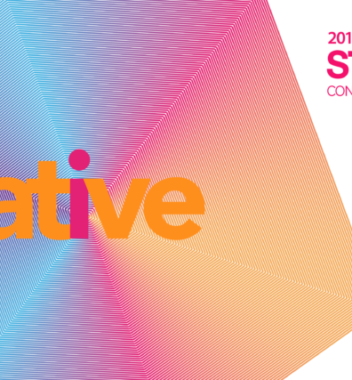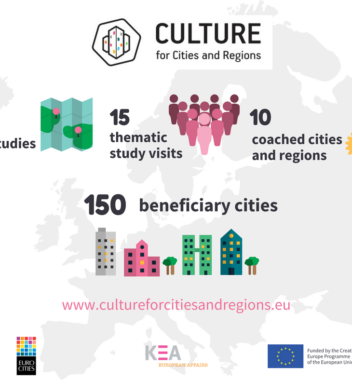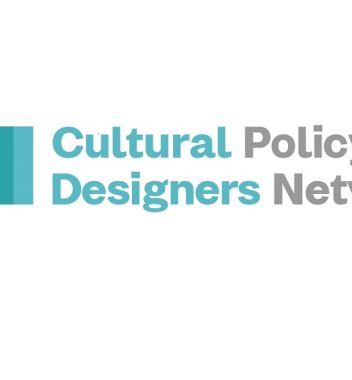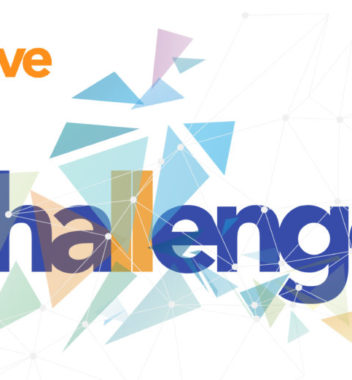
KEA Newsletter THE INDEPENDENTS’ VOICE
Issue 47 – April 2016
The impact of cultural investment in Cities and Regions
KEA is acting as scientific coordinator of the EU-funded project “Culture for Cities and Regions”, working together with Eurocities and ERRIN (networks representing respectively over 130 cities and more than 90 regions in Europe).
This 3-year project (€1 million funding from the Creative Europe programme) aims at:
- understanding the impact of cultural investment in cities and regions across Europe
- facilitating the exchange of experiences between local authorities through 15 study visits (ongoing) – supporting policy development through tailored coaching services for 10 cities/ regions (to be launched in 2016).
KEA’s role is to:
- establish a catalogue of 70 case studies of interesting projects from cities and regions in the field of cultural heritage, creative industries, and social innovation (available here).
- lead study visits with experts in social and urban policies to encourage peer-learning between 90 local authorities.
- support policy development through tailored coaching services for 10 cities/regions (to be launched in late April 2016)
For more information contact Arthur Le Gall alegall@keanet.eu
Europe’s creative assets to foster the EU’s external cultural relations
- Following its active involvement in the Preparatory Action on ‘Culture in EU External Relations’ in 2014, KEA completed a study for the European Commission showing that 76 of the 139 EU Delegations across the world regularly organise European film festivals.
The feasibility research proposes a set of support measures to improve the selection of quality films and streamline the organisation of film festivals in a cost-effective way and to ensure that they become effective diplomatic, cultural and trade tools for the EU, its talents and the film industry.
The study is available on KEA’s website.
- In addition KEA was commissioned by the European Parliament to provide a better understanding of the role national cultural institutes of EU Member States can play in a new European strategy for culture in the EU’s external relations.
The study sets out a number of policy recommendations, including a set of guiding principles for the effective pooling and sharing of resources between the cultural institutes and the EU institutions to achieve scale and thus increase the visibility of EU actions abroad.
The study is available on KEA’s website.
Slides of the presentation at the CULT Committee Meeting of the European Parliament on 18 February 2016 are available here.
For more information contact Clémentine Daubeuf cdaubeuf@keanet.eu
- KEA is part of Creative Tracks’, a new project funded under the Creative Europe programme of the EU with a budget of 1 million Euros aimed at connecting young creative professionals worldwide to encourage cross-cultural projects and to foster creative entrepreneurship in fashion, media, ICT, music, animation, design.
The project benefits from a strong partnership of 8 organisations from 5 European countries with a wide range of competencies and direct contact with creative entrepreneurs.
More than 70 networks of young creative entrepreneurs and associations worldwide will interact through Creative Tracks.
Stimulate innovation through the arts
Often artists contribute to new perceptions and disruptive thinking. They open minds, stimulate curiosity and as result challenge the existing. Artistic competences serve organisations looking for creative solutions. Gathering bodies specialised in artistic intervention, the “Connecting Arts & Business project” (2013-2015) shows the contributions to innovation resulting from interactions between artists and businesses. A KEA study “Creating, innovating, disrupting through A&B organisations”(2014) establishes a typology of A&B initiatives and identifies innovative and successful A&B practices across Europe.
The new study is built on KEA previous experience in the field of artistic intervention (TAFI – Training for artists and Creative Clash) as well as on art & science projects (KiiCS as well as SPARKS).
It considers best ways to engage with artistic skills and competence as a means to inspire, challenge, create or communicate within business structures. KEA study provides an inventory of 37 case studies. It serves to build capacity for companies producing or calling on artistic interventions.
The study is available here
Towards better statistics to capture cultural capital and the creative economy
The economic and social value of the Culture and Creative Sectors (CCS) remains largely underestimated due to the sectors’ specificities. A new KEA study completed for the European Commission (EC) reviews traditional statistical data collection methods and proposes new ways to better apprehend the importance of CCS.
The report provides a mapping and quality assessment of Eurostat’s data with major focus on the entrepreneurial dimension of CCS, the CCS labour market and the contribution of CCS to the EU economy and cultural activities. It identifies and analyses ‘alternative’ sources as a way to complement existing official data, particularly as regards domains poorly measured by official statistics, notably design (including fashion), art crafts, festivals and heritage/museums as well as cultural capital, diversity and participation. Inspirational case studies and good practices about how to use alternative data to better measure CCS are identified throughout the study. A series of recommendations are proposed to address and remedy data shortcomings at EU level.
The study is available on KEA website.
Slides of the presentation at the CULT Committee Meeting of the European Parliament on 15 March 2016 are available here.
For more information contact Philippe Kern pkern@keanet.eu
